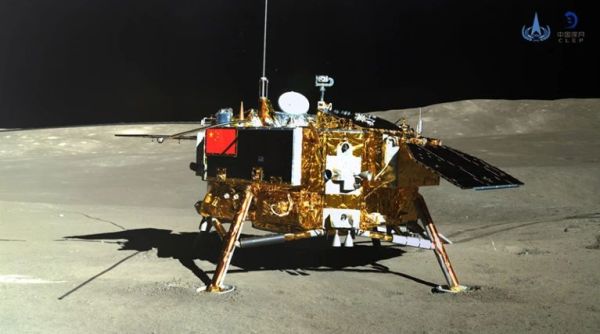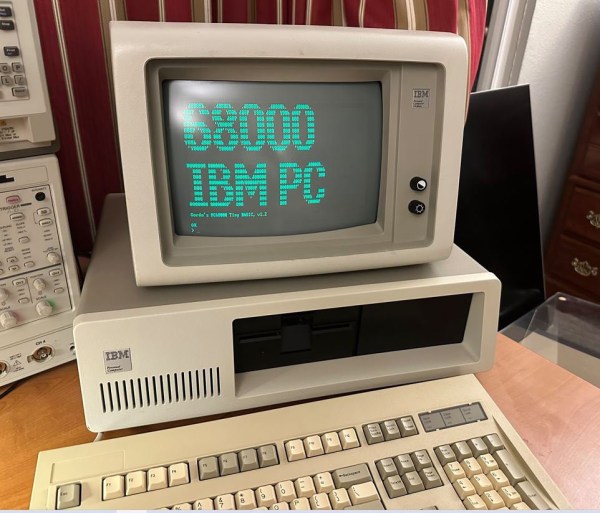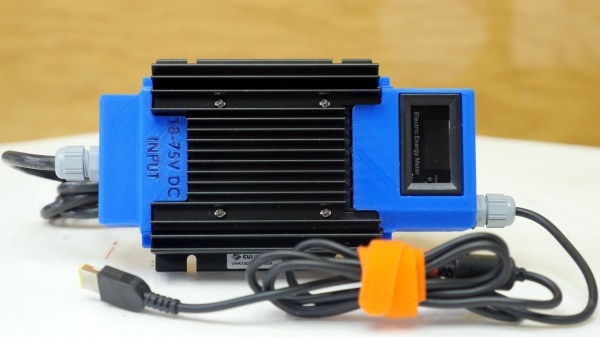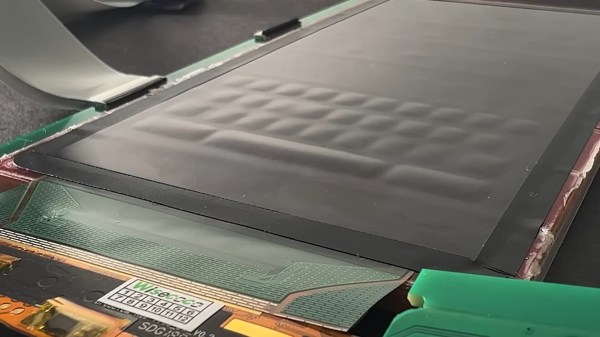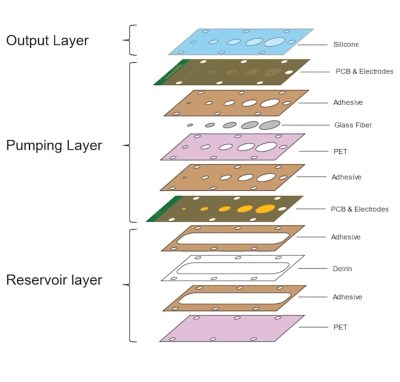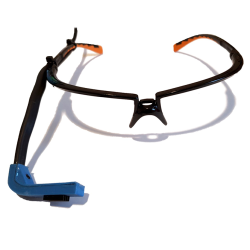Given the number of spacecraft (both crewed and uncrewed) that touched down on the Moon during the Space Race it’s sometimes hard to imagine why today, with all our modern technology, our remotely operated vehicles seem to have so much trouble not smashing themselves to bits on the regolith surface.
This is the focus of a recent article in Nature that explores the aspects which still make soft landings on our closest space body so much harder than the tragic lithobraking as most recently demonstrated by ispace’s M1 lander.
So far only three entities have successfully landed a craft on the Moon’s surface: the government-funded space agencies of the US, USSR, and China. Of them, only China managed to do so on their first try in 2013 (Chang’e-3), and again in 2019 on the far side of the Moon (Chang’e-4). What is the toughest part about a Moon landing is not to get near the Moon, but it’s about getting close to the surface without getting lost. Since there are no navigation satellites beyond those you put up before the landing, and a lot of Moon dust that will be kicked up by any landing rocket engines, it can be tough to gauge one’s exact location and distance to the surface.
In the case of the ispace lander it would appear that it tragically ran out of propellant before it could safely touch down, which is another major concern. Both the US and USSR would smash Moon landers into its surface until the first successful landing in 1966, which makes the manned touchdown by Apollo 11 in 1969 even more impressive.

